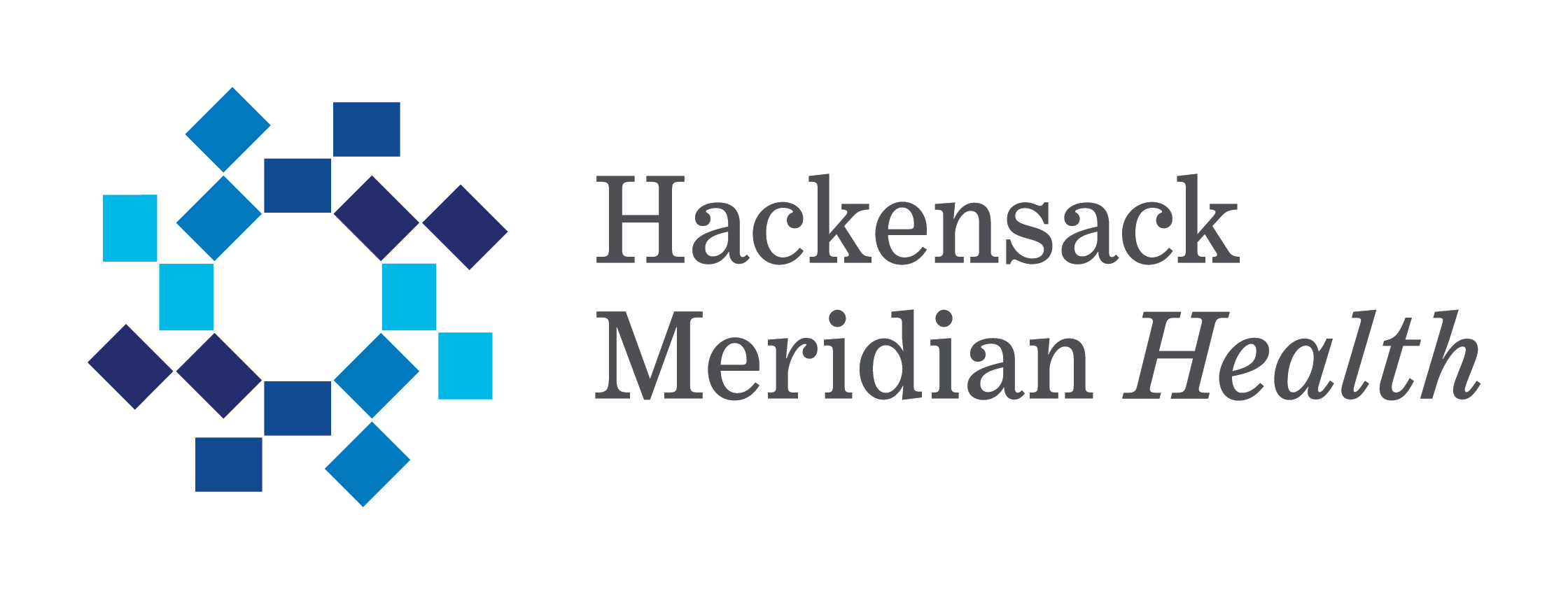Newswise — On the forefront of innovative stroke treatment, Hackensack Meridian Health Hackensack University Medical Center provides leading edge thrombectomy technologies, amid new guidelines from the American Heart Association (AHA).
The AHA recently revised stroke treatment guidelines, recommending that more people be considered for thrombectomy, up to 24 hours after symptoms begin, in some cases. The guideline limit, previously six hours, was adjusted after studies indicated certain patients might benefit from an extended period of time.
“The new AHA guidelines represent an exciting change on the stroke treatment landscape, expanding our ability to take care of more patients, more effectively,” said Daniel Walzman, M.D., chief of vascular and endovascular neurosurgery, Department of Neurosurgery, and vice chair and director of neuro-interventional services, Heart & Vascular Hospital, Hackensack University Medical Center.
Thrombectomy is a procedure in which blood clots are removed using a device threaded through a blood vessel. Doctors thread a catheter through an artery, most often starting at the femoral artery in the groin and advancing the catheters into the brain under X-ray guidance. They can then deploy a clot-grabbing device across the clot, to engage the blood clot and remove it.
“The new guideline will enable us to help many more patients who present with life-threatening strokes,” said Dr. Walzman. “As always, the best way to treat a stroke is to prevent it from happening, by managing risk factors, such as controlling blood pressure, managing cholesterol and maintaining a healthy weight.”
Although the guidelines have extended the stroke treatment time window, Dr. Walzman says seeking immediate treatment at the onset of stroke symptoms remains crucial. “From a public safety perspective, anyone with a neurological problem should go to an emergency room to ensure that they have all possible treatment options, which are most effective when implemented immediately,” he said.
According to the AHA, stroke is the second-leading cause of death in the world and a leading cause of adult disability. The new AHA guidelines cover acute ischemic stroke, the most common type of stroke, caused by a blood clot that reduces or stops blood flow to a portion of the brain. The guidelines also suggest that more people should be considered eligible for a clot-dissolving IV medication called alteplase.
In addition to offering the latest thrombectomy technologies, Hackensack University Medical Center has been invited to participate in a U.S. clinical trial for a novel clot retriever, which is expected to begin in the next few months.
The advancement of thrombectomy technologies spans the course of Dr. Walzman’s professional career, beginning at Hackensack University Medical Center in 2005. “I have seen and employed the entire evolution of thrombectomy technologies, which offer the potential for improved quality of life to people who suffer strokes.”
Dr. Walzman recently shared his expertise regarding best practices of thrombectomy technologies in meetings with the stroke teams across the Northern Hackensack-Meridian Health network. He also recently presented at the quarterly meeting of the Executive Board of the Heart & Vascular Hospital at Hackensack University Medical Center, on which Dr. Walzman serves.
Those experiencing new neurologic symptoms raising concerns for a stroke should immediately call 911. Non-emergent appointments with Dr. Walzman can be made through his office at 888-638-7678 (888-NEUROSURGERY).
About Hackensack Meridian Health Hackensack University Medical Center
Hackensack Meridian Health Hackensack University Medical Center, a 781-bed nonprofit teaching and research hospital located in Bergen County, NJ, is the largest provider of inpatient and outpatient services in the state. Founded in 1888 as the county’s first hospital, it is now part of one of the largest networks in the state comprised of 33,000 team members and more than 6,500 physicians. Hackensack University Medical Center was listed as the number one hospital in New Jersey in U.S. News & World Report’s 2017-18 Best Hospital rankings - maintaining its place atop the NJ rankings since the rating system was introduced. It was also named one of the top four New York Metro Area hospitals. Hackensack University Medical Center is one of only five major academic medical centers in the nation to receive Healthgrades America’s 50 Best Hospitals Award for five or more years in a row. Becker’s Hospital Review recognized Hackensack University Medical Center as one of the 100 Great Hospitals in America 2017. The medical center is one of the top 25 green hospitals in the country according to Practice Greenhealth, and received 23 Gold Seals of Approval™ by The Joint Commission – more than any other hospital in the country. It was the first hospital in New Jersey and second in the nation to become a Magnet® recognized hospital for nursing excellence; receiving its fifth consecutive designation in 2014. Hackensack University Medical Center has created an entire campus of award-winning care, including: the John Theurer Cancer Center; the Heart & Vascular Hospital; and the Sarkis and Siran Gabrellian Women’s and Children’s Pavilion, which houses the Joseph M. Sanzari Children’s Hospital and Donna A. Sanzari Women’s Hospital, which was designed with The Deirdre Imus Environmental Health Center and listed on the Green Guide’s list of Top 10 Green Hospitals in the U.S. Hackensack University Medical Center is the Hometown Hospital of the New York Giants and the New York Red Bulls and is Official Medical Services Provider to The Northern Trust PGA Golf Tournament. It remains committed to its community through fundraising and community events especially the Tackle Kids Cancer Campaign providing much needed research at the Children’s Cancer Institute housed at the Joseph M. Sanzari Children’s Hospital. To learn more, visit www.HackensackUMC.org.
